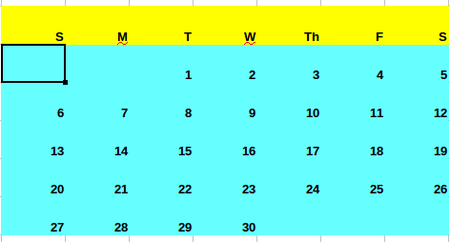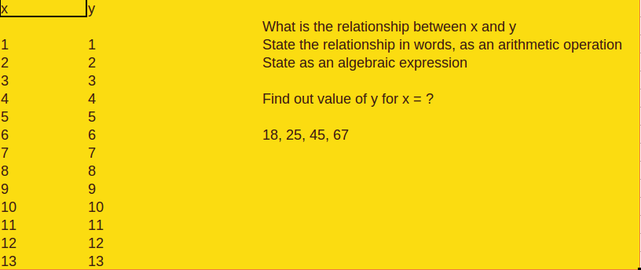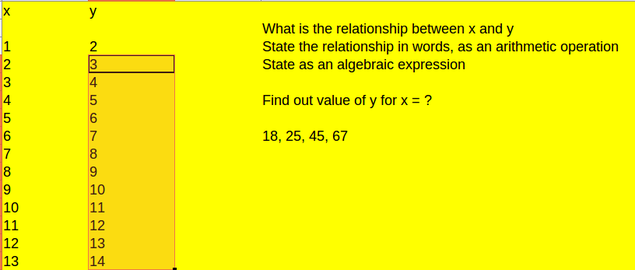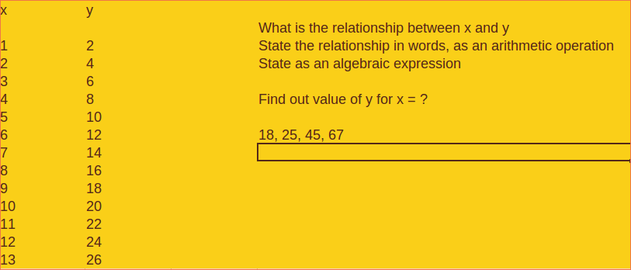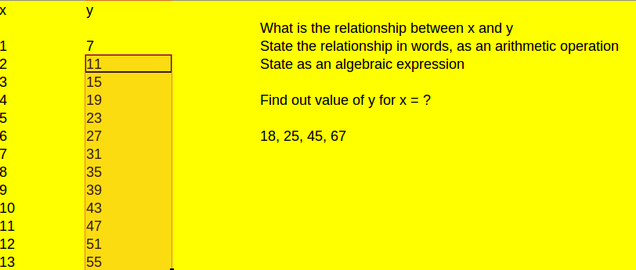ICT student textbook/Numbers and patterns
Jump to navigation
Jump to search
Numbers and patterns
In this activity, you will explore the fun in numbers and mathematics, using the spreadsheet software
Objectives
- Understanding that numbers are data and they represent data
- Working with spreadsheet to decode number patterns
- Working with spreadsheet to create number patterns
What prior skills are assumed
- Familiarity with the ICT environment and various applications
- Comfort with data input methods
- Entry into spreadsheets
What resources do you need
- Computer lab with projection equipment
- Number patterns worksheets (for students to explore, create)
- Handout for LibreOffice Calc
- Handout for LibreOffice Writer
- For additional reference - PK Srinivasan's Romping in Numberland
- For additional reference - PK Srinivasan's Fun with calendar
What digital skills will you learn
- Working with spreadsheets for entering numbers
- Getting familiar with simple operations in a spreadsheet
Description of activity with detailed steps
Teacher led activity
How much fun in calendar!!
|
Number puzzles
Your teacher will discuss the following number puzzle with you. See if you can solve the last equation by doing different operations on the numbers. The following symbol ‘*’ is used to indicate the operation.
- Number puzzles
Algebra made easy
Look at the following columns and numbers on each one of the pictures. Work with your teacher to find out what is the relationship between the columns (x) and (y). Can you state it like an equation? Have you studied this in algebra? You can create your own patterns and see how numbers behave!!
Student activities
- Make more calendars and explore the patterns; your teacher may do this in groups with you.
- Your teacher will give you patterns for you to create using spreadsheet and explore.
- Investigate a set of triangular numbers with a spreadsheet
- Investigate triads of of consecutive numbers
- Sum of a set of consecutive numbers
- Product of a set of consecutive numbers
- End product of a set of consecutive numbers
- End product of a set of consecutive numbers divided by the middle number
- Investigate four consecutive numbers
- Sum of end numbers
- Sum of middle numbers
- Product of end numbers
- Product of middle numbers
Portfolio
- Calendar explorations in a spreadsheet
- Your spreadsheet files

